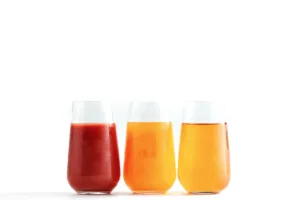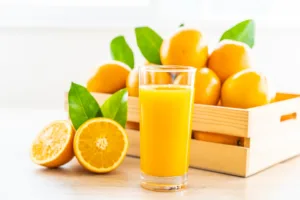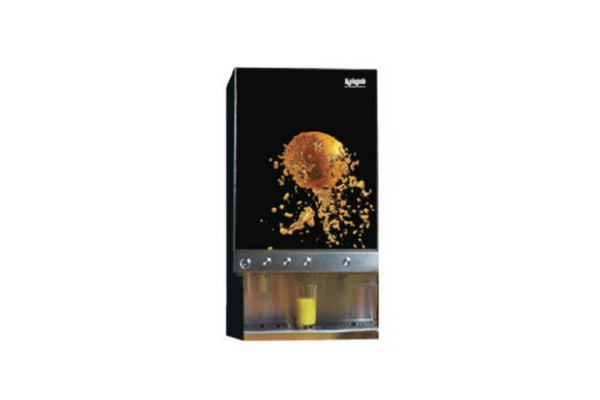Top Juice Trends for 2023
According to recent research, soft drink consumption is reducing globally, as consumers are shifting away from carbonated drinks to natural fruit juices instead. This corresponds with changing lifestyles, and more focus on healthier options. The preferred flavour, holding the majority of the market share is orange, other popular juices include apple, mango, and mixed fruit.

The market is expected to grow annually by 3.11% (CAGR 2023-2027). Some of the major trends that are set to make an impact, or continue to affect the industry, include:
Selective Spending
Businesses in the hospitality industry are likely to see ‘selective spending‘ as a major trend, with customers making more considered choices over how they spend their money, due to inflation, stagnating wages, and a slowing GDP growth.
This desire to seek out affordable luxury, and the best value for money, may require brands to offer customers premium products at competitive prices, in order to capitalise on the trend.
Mindful Drinking
The sale of non-alcoholic spirits and alcohol-free alternatives continues to grow, with 18% of global consumers only consuming alcohol when socialising. With healthy and functional alternatives being sought for mocktails and other non-alcoholic drinks, juices are well-positioned to appeal to consumers.
Sustainability
Every year, the number of customers willing to spend more on sustainable products, sustainable packaging, or because the company has a positive reputation, continues to grow, to the point where now 82% of shoppers want brands to embrace sustainable and people-first practices.
Businesses have a clear chain of responsibility, it starts with sourcing and finishes with pouring, and people want to support companies that are doing their bit to be responsible, as well as treating their staff and customers with care.
The number of consumers willing to pay more for sustainable goods has increased by an average of 8% from 2021 to 2022, and 80% of consumers in the UK say they would be willing to pay at least 10% more for products if the items were considered sustainable.



 Functional Drinks
Functional Drinks



